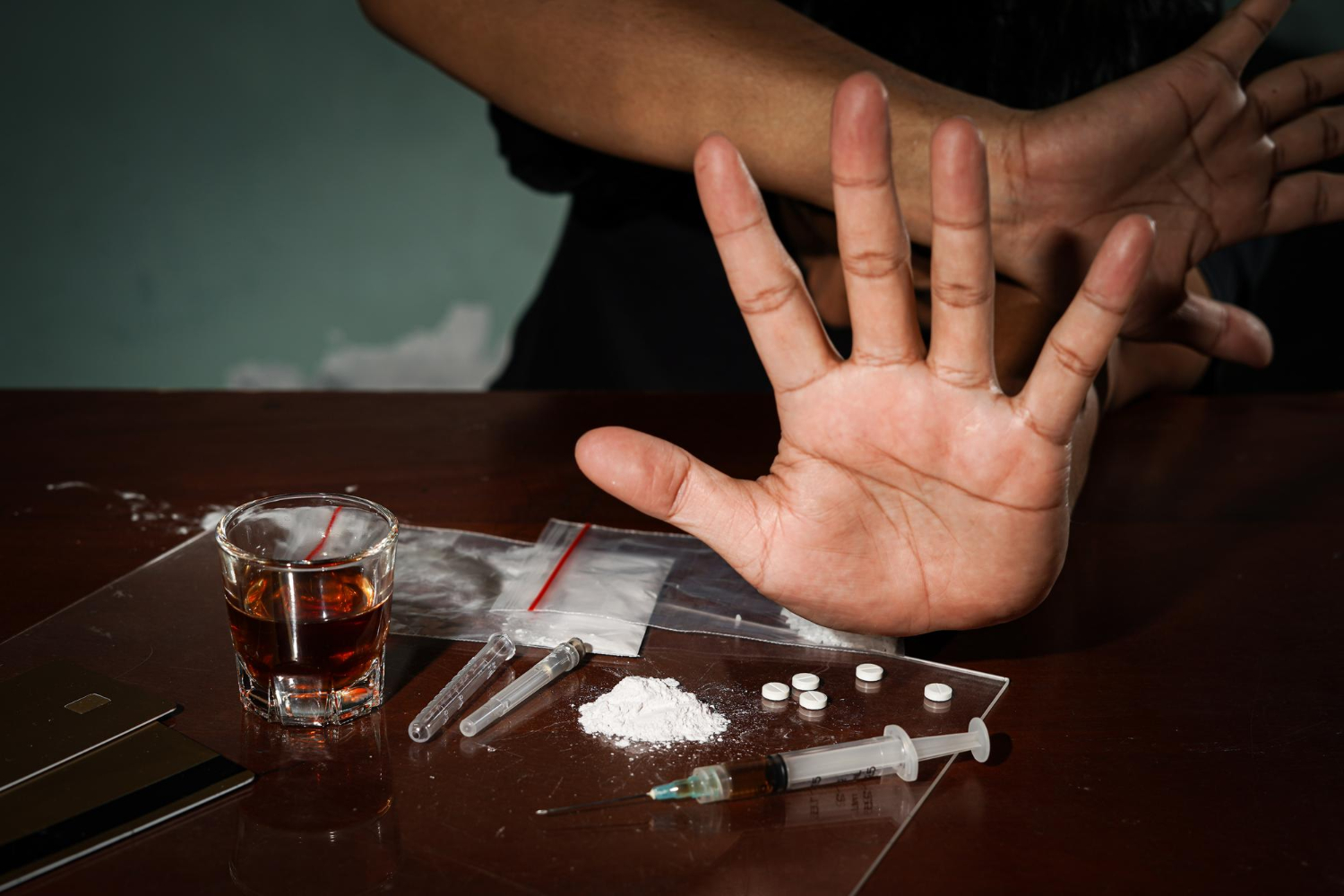Cocaine has long been a potent and dangerous drug, contributing to significant public health issues around the globe. Despite awareness of its risks, cocaine use continues to pose serious challenges to individuals, families, and communities. In this blog, we’ll dive into the key facts and discuss what cocaine is about, explore strategies for preventing misuse, and discuss the most effective treatment options for those battling cocaine addiction.
What is Cocaine?
Cocaine is a powerful stimulant drug derived from the coca plant, native to South America. It’s typically found in a white powder form that is snorted, injected, or smoked (in the form of crack cocaine). When consumed, cocaine produces a short, intense high characterized by increased energy, euphoria, and heightened alertness. However, these effects are fleeting, often leading users to consume more of the drug in a short period, increasing the risk of addiction.
How Cocaine Affects the Brain and Body
Cocaine works by blocking the reuptake of dopamine, a neurotransmitter associated with pleasure and reward, in the brain. This leads to an accumulation of dopamine, causing the intense feelings of euphoria that users experience. However, repeated use of cocaine can disrupt the brain’s natural dopamine production, leading to dependence and addiction.
Beyond its effects on the brain, cocaine has a host of dangerous impacts on the body:
- Cardiovascular Issues: Cocaine can cause heart attacks, strokes, and other cardiovascular problems, even in young, healthy individuals.
- Respiratory Problems: Smoking crack cocaine can lead to severe lung damage and respiratory failure.
- Neurological Effects: Long-term use can result in headaches, seizures, and even movement disorders similar to Parkinson’s disease.
- Mental Health Problems: Cocaine use is linked to anxiety, paranoia, hallucinations, and severe mood swings, which can worsen over time and lead to mental health crises.
The Risks of Cocaine Addiction
Cocaine is highly addictive, both physically and psychologically. Because the high is so short-lived, users often take more of the drug to maintain its effects, leading to a dangerous cycle of binge use. Over time, this can lead to tolerance, where the user needs more of the drug to achieve the same high, and withdrawal symptoms when they stop using, including fatigue, depression, and intense cravings.
The addictive nature of cocaine makes it difficult for users to quit without professional help. In many cases, cocaine addiction also leads to financial, legal, and interpersonal problems, further complicating the recovery process.
Preventing Cocaine Misuse
Education and Awareness
One of the most effective ways to prevent cocaine misuse is through education. By raising awareness about the dangers of cocaine use, we can empower individuals to make informed decisions. This education should start early, targeting adolescents and young adults who are at a higher risk of experimenting with drugs.
Schools, community organizations, and public health campaigns play crucial roles in spreading this information. Educating people about the specific risks associated with cocaine, such as its addictive potential and the severe health consequences, can deter initial use and help those at risk of developing a substance use disorder.
Early Intervention
Early intervention is key to preventing cocaine addiction. Identifying the signs of drug use early and addressing them before they escalate can make a significant difference. This might involve screening for drug use during routine medical visits, providing counseling and support for individuals at risk, and offering resources for those showing early signs of substance use.
Family members, friends, and educators should be vigilant in recognizing the signs of cocaine use, such as sudden changes in behavior, unexplained financial problems, and physical symptoms like weight loss or frequent nosebleeds. Early intervention can help prevent occasional use from turning into a full-blown addiction.
Community Support Programs
Community-based prevention programs are essential in the fight against cocaine misuse. These programs often focus on providing resources and support to at-risk populations, including youth, low-income individuals, and those living in high-stress environments.
Initiatives like after-school programs, mentorship opportunities, and community centers can provide positive outlets for individuals who might otherwise turn to drugs. Additionally, community coalitions that involve law enforcement, healthcare providers, and local organizations can work together to reduce the availability of cocaine and other drugs in their areas.
Reducing Drug Availability
Law enforcement plays a critical role in preventing cocaine misuse by reducing the availability of the drug. This includes targeting drug trafficking organizations, cracking down on illegal drug markets, and enforcing laws related to drug possession and distribution.
However, it’s important to balance enforcement with public health approaches. Punitive measures alone are not enough; they must be complemented by efforts to reduce demand through education, treatment, and rehabilitation.
Empowering Individuals with Coping Skills
Equipping individuals with the skills to cope with stress, peer pressure, and other triggers without turning to drugs is a powerful preventive strategy. Programs that teach resilience, emotional regulation, and healthy decision-making can help individuals resist the temptation to use cocaine. These programs can be delivered through schools, community centers, and online platforms, making them accessible to a wide audience.
Cocaine Addiction Treatment
Behavioral Therapies
The cornerstone of cocaine addiction treatment is behavioral therapy. Cognitive Behavioral Therapy (CBT) is particularly effective, as it helps individuals identify and change the thought patterns and behaviors that contribute to their drug use. CBT also teaches coping strategies for dealing with cravings and avoiding relapse.
Other effective therapies include:
- Contingency Management: This approach uses incentives (like vouchers or small cash rewards) to reinforce positive behaviors, such as remaining drug-free.
- Motivational Interviewing: This therapy focuses on enhancing the individual’s motivation to change by exploring and resolving ambivalence about quitting cocaine.
- Group Therapy: Sharing experiences with others who are going through similar challenges can provide a sense of community and support, which is vital in the recovery process.
Inpatient and Outpatient Treatment Programs
Treatment programs for cocaine addiction can be delivered in both inpatient and outpatient settings, depending on the severity of the addiction and the individual’s specific needs.
- Inpatient Programs: These provide a structured environment where individuals can focus entirely on their recovery without the distractions and temptations of daily life. Inpatient programs often include detoxification, individual and group therapy, and medical supervision.
- Outpatient Programs: Outpatient treatment allows individuals to continue with their daily responsibilities while attending therapy sessions. This flexibility makes outpatient programs a good option for those with mild to moderate addiction or for those who have completed an inpatient program and need continued support.
Both types of programs often include a combination of therapies, educational sessions, and support groups to address the multifaceted nature of addiction.
Support Groups and Peer Support
Long-term recovery from cocaine addiction often requires ongoing support. Groups like Cocaine Anonymous (CA) provide a space for individuals to share their experiences, offer support to others, and stay accountable in their recovery. Peer support can be a powerful motivator, as individuals are more likely to stay committed to their recovery when they feel connected to a community of people who understand their struggles.
Many people also find value in working with a sponsor—someone who has been through recovery themselves and can offer guidance and support.
Medication and Research
Unlike opioid addiction, where medications like methadone and buprenorphine are commonly used, there are currently no FDA-approved medications specifically for treating cocaine addiction. However, research is ongoing, and some medications show promise in helping reduce cravings and preventing relapse.
In the meantime, medications that treat co-occurring mental health disorders, such as depression or anxiety, can be an important part of a comprehensive treatment plan.
Telehealth Services
With the rise of telehealth, treatment for cocaine addiction has become more accessible than ever. Virtual therapy sessions, online support groups, and telemedicine consultations make it easier for individuals to get the help they need, especially in areas where in-person services might be limited.
The Path to Recovery: What You Need to Know
Recovery from cocaine addiction is not a one-time event but a lifelong journey. Relapse is common but should not be viewed as a failure. Instead, it’s an opportunity to refine the recovery plan and reinforce the commitment to sobriety. Having a solid support system, whether it’s family, friends, or a recovery community, is crucial in maintaining long-term sobriety.
Ongoing therapy, regular participation in support groups, and continuous self-reflection can help individuals stay on track. Developing a relapse prevention plan that includes identifying triggers, having coping strategies in place, and knowing when to seek help can make a significant difference in sustaining recovery.
Cocaine addiction is a challenging and complex issue, but it can be overcome with the right support and treatment. By understanding the facts about cocaine, implementing effective prevention strategies, and offering comprehensive treatment options, we can help those affected by cocaine use find their way to recovery.
Whether you’re struggling with addiction yourself or supporting a loved one on their journey, remember that help is available, and recovery is possible. With determination, support, and the right resources, a healthier, drug-free life is within reach.




